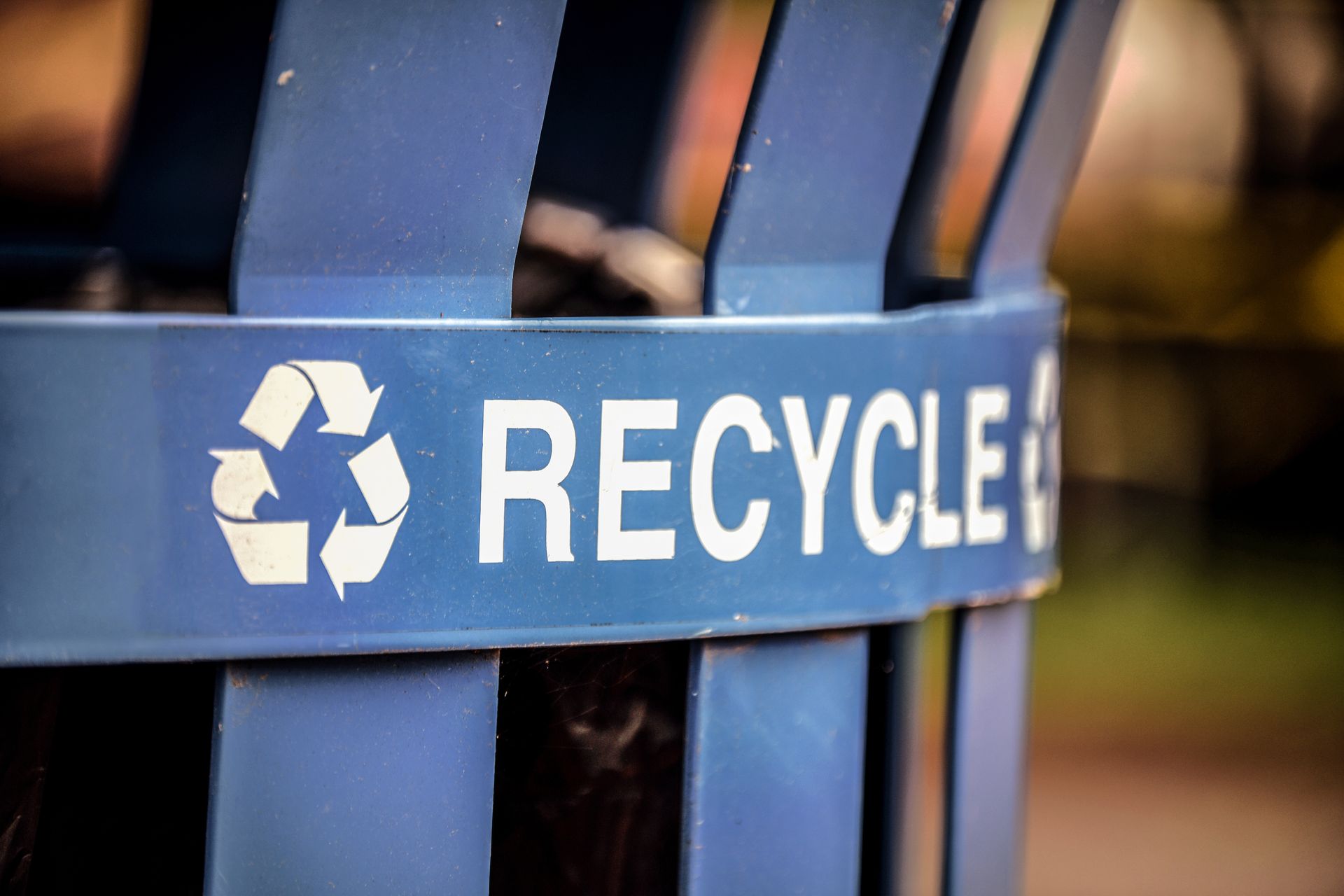Packaging EPR in Canada: Why Digitalization is Key for Success
Extended producer responsibility (EPR) shifts the burden for managing waste from municipalities and taxpayers to producers. EPR aims to reduce waste generation, increase recycling rates, and promote circular economy principles. Packaging has been a priority for EPR programs across Canada, as it accounts for a significant portion of municipal solid waste and has profound environmental impacts throughout its life cycle.
However, the current recycling system faces many challenges, such as low collection rates, high contamination levels, a lack of markets for recycled materials, and inconsistent reporting standards. To overcome these challenges and achieve the goals of EPR, the recycling system needs to digitalize and adopt innovative solutions that can enhance its efficiency, transparency, and accountability.
Digital solutions for recycling programs often range from hardware and operational technology to information systems and software. When meeting these new regulatory requirements, quality data capture and recycling software are core components of tracking to monitor waste flows, measuring performance, generating reports, and facilitating collaboration among stakeholders. A robust recycling software solution offers multiple benefits for recycling EPR and can benefit the different actors involved in the recycling system.

Digitalization to Meet Packaging EPR Requirements
One of the main challenges of meeting packaging EPR is the need for harmonization and consistency among different jurisdictions and stakeholders. Each province has regulations, targets, definitions, and reporting standards for packaging waste management. This creates confusion, complexity, and inefficiency for producers who operate across multiple regions and must comply with different requirements. The problem is exacerbated by the state of the current recycling system, which relies on outdated methods of data collection and reporting that often need to be more accurate, complete, and reliable.
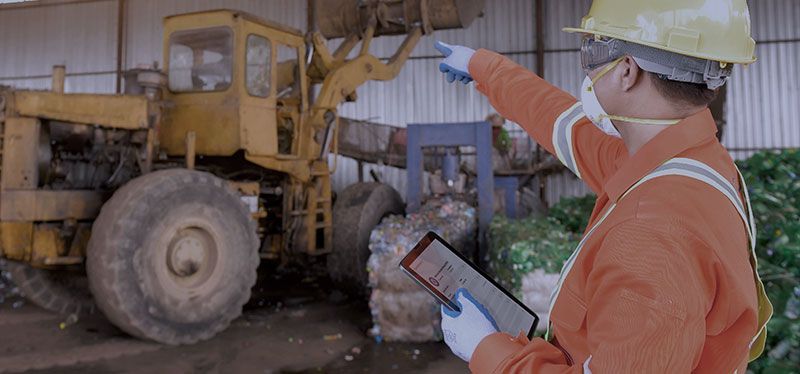
To address these challenges and achieve the goals of packaging EPR, digitalization is essential. Digitalization uses digital technologies and software to transform processes, activities, and outcomes. In recycling EPR, digitalization can enable consistent data capture, and a cloud-based recycling software platform can offer multiple benefits for the various participants in the recycling system.
Consistent data capture means using standardized methods and tools to collect accurate and reliable information on waste flows throughout the recycling value chain. Consistent data capture can provide real-time visibility into where packaging materials are going, how much is being recycled or disposed of, and the environmental impacts associated with each stage.
Cloud-based recycling software can store, process, analyze, and share data among different recycling program stakeholders, including producers, collectors, haulers, processors, Stewards, PROs and even governments. This can include using dashboards, reports, charts, maps, or other features to visualize and communicate data on packaging waste management. Digitalization and software solutions can also help measure performance and produce reports by automating data aggregation and verification processes.
Digitalization is going to be essential for meeting packaging EPR requirements globally. Enabling consistent data capture and a cloud-based recycling software platform can also track waste generation, recycling rates, and leverage data to promote circular economy principles for packaging materials. The software can help each stakeholder and participant in the value chain experience achieve their respective EPR obligations.
The different benefits of going digital for recycling participants
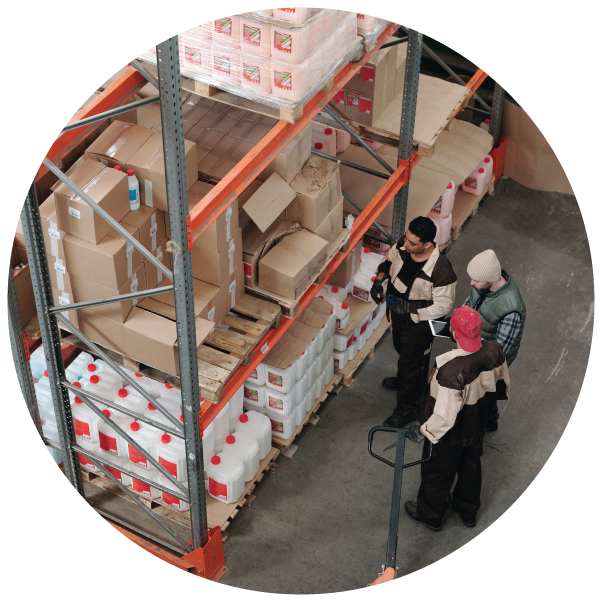
Tracking for producers (e.g., brand owners, first importers or manufacturers):
- Comply with EPR regulations by providing accurate data on their packaging materials, quantities, and destinations.
- Identify opportunities to reduce costs such as optimizing packaging design, minimizing waste generation, and access incentives based on their environmental performance.
- Enhance their reputation by demonstrating sustainability efforts, engaging with consumers through digital channels, and participating in circular economy initiatives.
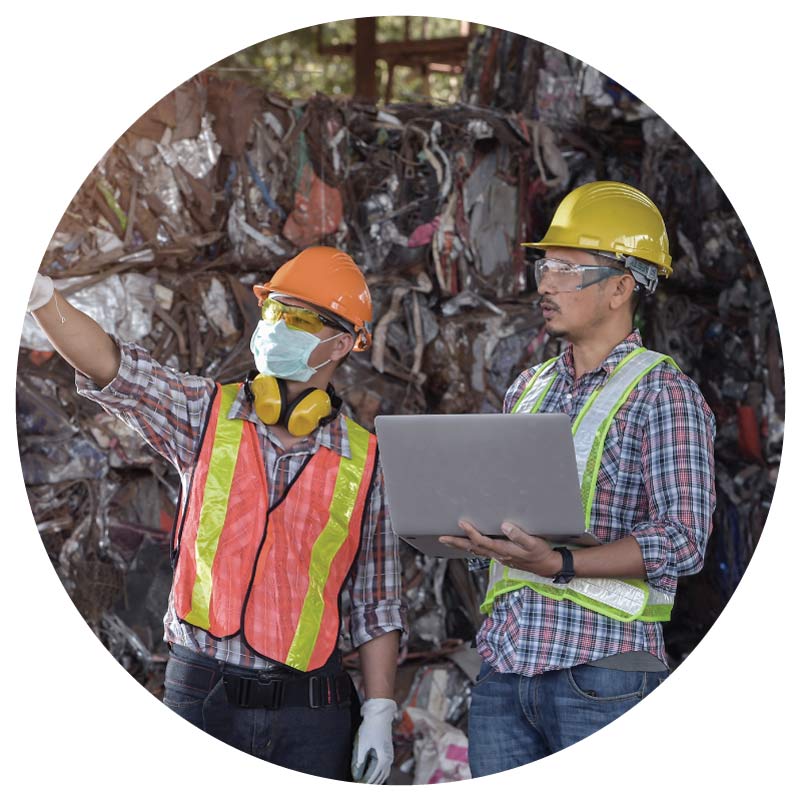
Modernizing recycling operations for collectors (e.g., municipalities or private operators), transporters (e.g., haulers or brokers), and processors (e.g., recyclers or end-markets):
- Improve their operations by increasing collection rates, reducing contamination levels, and maximizing resource recovery.
- Increase their revenues by accessing reliable markets for recycled materials, leveraging data analytics to optimize their pricing strategies, and creating value-added products from waste streams.
- Strengthen their relationships by collaborating with other stakeholders, sharing best practices, and resolving disputes through transparent mechanisms.

Digitalization for recycling program managers (Stewards, Producer Responsibility Organizations)
- Streamlines IPR compliance, automating data collection, reporting, auditing, claims, and payments.
- Optimizes recycling operations, providing real-time visibility into inventory, material flows, logistics, quality control, and profitability.
- Contributes to the circular economy by increasing recovery rates of valuable materials, reducing environmental impacts, and facilitating stakeholder collaboration.

Accurate recycling data for governments (e.g., federal or provincial regulators):
- Enforce EPR regulations by monitoring compliance, verifying data quality, and imposing sanctions or rewards based on performance outcomes.
- Evaluate EPR programs by measuring progress, assessing impacts, and identifying gaps or opportunities for improvement.
- Support EPR policies by providing guidance, funding, and incentives for innovation and stakeholder engagement.
Digitalization is not a silver bullet for solving all the problems of the recycling system. It requires investment in infrastructure, capacity building and stakeholder collaboration. However, digitalization is necessary for making the recycling system more effective, responsive and resilient in the face of changing regulations, volatile market conditions, and evolving consumer expectations. By embracing digital solutions, every participant in the recycling value chain can more easily participate in packaging EPR programs and contribute to the circular economy.

Digitalizing Recycling Programs with Diversys
Diversys is a cloud-based recycling software platform that enables waste and recycling stakeholders to streamline their operations, improve data accuracy, and achieve their environmental goals. The software pairs a mobile app for in-field reporting with a single web portal for program tracking and management.
Diversys Recycling software lets recycling value chain participants go digital and operationalize their programs with minimal disruption. They can eliminate paper-based processes prone to errors, delays, and fraud. They can also access reliable data supporting their environmental reporting requirements for extended producer responsibility (EPR) and ecological and social governance (ESG). Diversys Recycling software is a flexible solution that can handle any waste stream and is designed to accommodate complex programs.
Contact our team to find out if the Diversys platform is right for you, or click here to learn how Diversys helps organizations go digital.
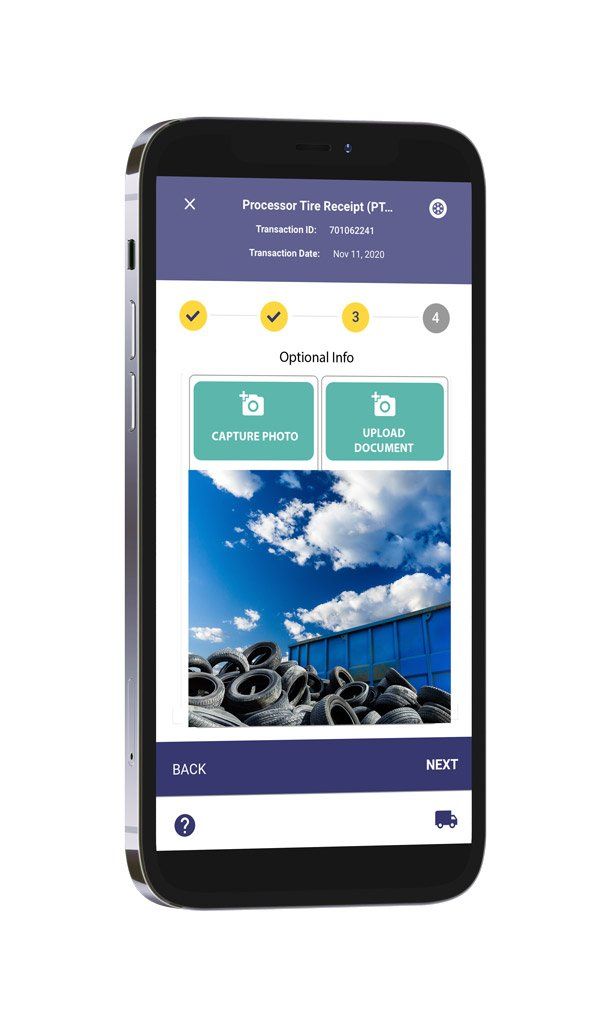
About Diversys
Diversys is proud to have its roots in Ontario, Canada - a province widely recognized for its leadership in EPR and sustainability. Since 2019, we've been dedicated to creating innovative software solutions that drive progress toward a world without waste.
Our story is a testament to the power of hard work, customer loyalty, and big ideas. We are committed to empowering organizations with the waste recycling software solutions necessary for achieving a sustainable future. Our cutting-edge software platform is helping organizations achieve their ESG goals, meet reporting obligations, and improve operational efficiency for their recycling programs.
Our commitment to delivering world-class solutions that drive meaningful progress towards waste reduction and a more sustainable future is unwavering. Our team of industry experts is ready to help you navigate the rapidly-evolving waste management landscape as we progress toward a circular economy.


